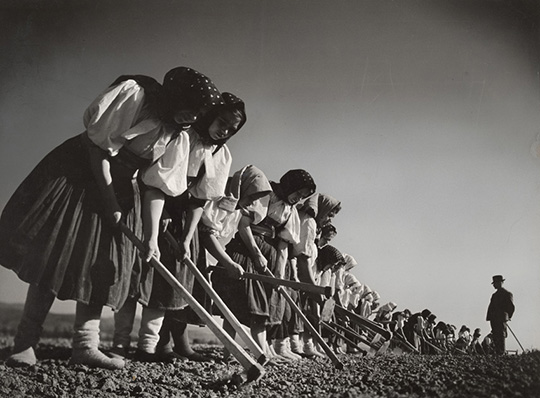I now have a revised definition of photojournalism, from a previous post I wrote: "Photojournalism is events, news or stories delivered to society by photos." My new view of photojournalism is, a single person who choses to travel to photograph pieces of history and share them with the world. Photojournalism can be a very dangerous job, photojournalists can risk their lives attempting to photograph wars, political events, other cultures traditions, and criminal activity. Photojournalists have to show up in uncomfortable places, mentally or emotionally. When a tragedy has struck, photojournalist go to work, they photograph the aftermath, the devastation, the suffering and the people it may affect. Photojournalism is a way to get the real truth and events all over the world to the mass media. My view of photojournalism has changed since my first post reporting that it was just simply news or stories delivered by photos.
It is important to know the history of photojournalism because of the simple fact that it is part of our countries and world history. Photojournalism started out during the civil war, and documenting the war with pictures. It started with documenting the war, and then changed to photos in print in newspapers to document any type of local news. The publishing of photos has lead to technology changes, online news papers, and citizen photojournalists. Photojournalism is 24-7 in this day in age, it is in your face on social media, on the television, in print at the store and shapes our daily views.
To understand photojournalism is to understand how we came to the day in age of social media, pictures of the good, bad and the ugly. With out the development of photojournalism we would not know about world history or issues, that were brought to our papers, classrooms, televisions and homes. Photojournalism has caused change in societies, it informed people of tragedy or social issues, environmental concerns, and scandals. Knowledge is power, once people knew about issues delivered in photojournalism they then advocated for changed. People cannot advocate for change if they do not know there is a problem.
I have had a few aha moments during my studies in the history of photojournalism. One being how I learned how photojournalist can sacrifice and risk their lives for a photograph. Photojournalists dedicate their lives to photojournalism, suspending any type of home or personal life and put themselves in dangerous situations for a photo. Another aha moment was how photojournalism can elicit change, I never thought of how photographs of tragic events or issues could cause people to get active. Photojournalism from devastating natural disasters of the suffering and damage had caused donations to be made and made a difference for the people suffering. Photojournalism can cause change.
I think photos can change the world, according to Jonathan Klien's TED talk photos can cause change and change our world. Professor Nordell had us watch this video and it shows different pictures that started a change. Child labor was documented
Image by: Margaret Bourke-White
Image source: https://www.vintag.es/2012/04/liberation-of-buchenwald-april-1945.html
Image source: https://www.vintag.es/2012/04/liberation-of-buchenwald-april-1945.html
The image of these men suffering in a concentration camp during the holocaust has been very profound for me. The suffering and pain demonstrated by the skeletal emaciated men in the photos, show a historical event that I was not around to witness. With out photos like this I would not be able to see how awful it was.
Creative Experiential Exercise
For my creative experiential exercise I chose to attend a news worth event in my community and document it with photographs. In my community every summer the local Elks lodge holds a Cruise Night free of charge for the community. This cruise night has been running for many years and always has a large following with many classic cars on showcase. Thursday evening June 21, 2018 was the opening cruise night of the season, they had a band, local sponsors and a lot of cars attend.
The following photos were taken by me on my iPhone documenting the event.
Knowledge from M14 posts
Photo by: Adam Ferguson
Jaylan reports Stephanie Sinclair's personal mission in photojournalism is to share the stories of women and girls suffering. One way she tries to elicit change is through photographing and sharing photos of child brides, and girls circumcision.
Photo by:Stephanie Sinclair
Image source:https://stephaniesinclair.com/too-young-to-wed/
Sarah writes in her post about Ashley Gilbertson, Ashley suffered tragic events while photographing in the Iraq war. After being home he suffered from the effects of being in a war zone mentally for some time. This information opens my eyes to the possible PTSD and other issues the photojournalists could suffer from being in an environment like that. Just as we treat the soldiers returning home for emotional or mental effects we should also treat photojournalists.
Image by: Sarah Peltier
.jpg)







































